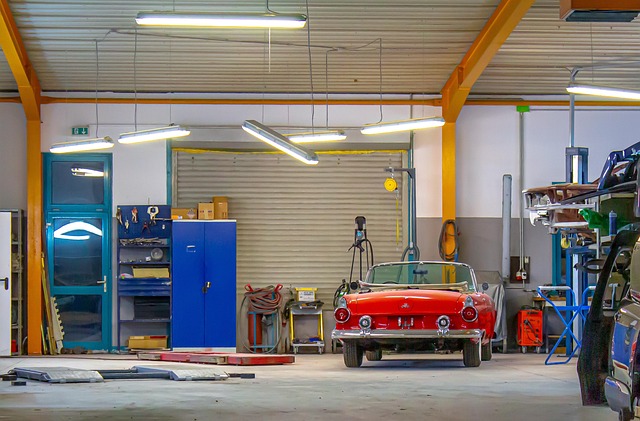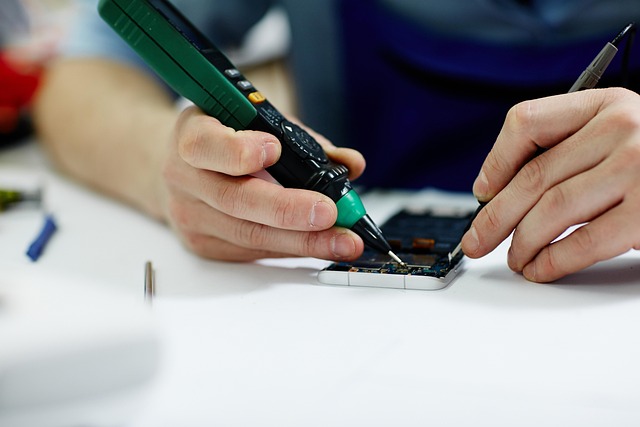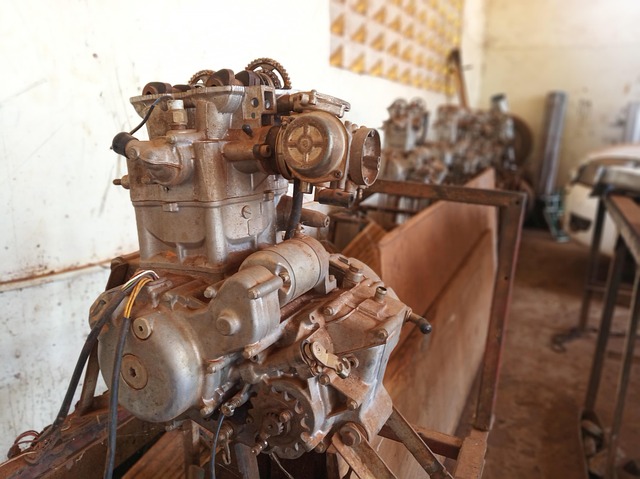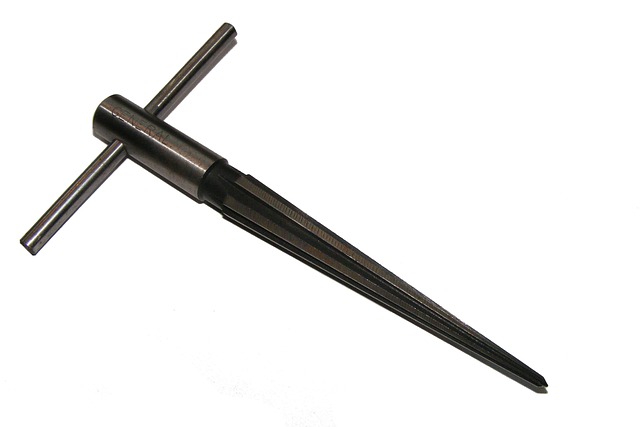After a collision or undercarriage impact, a thorough Tesla heat pump inspection is essential for maintaining optimal vehicle performance and safety. Skilled technicians assess exterior damage and inspect critical components like coils, hoses, pipes, connectors, and the fan mechanism for any wear, leaks, or blockages. Advanced diagnostic tools help uncover hidden undercarriage issues. The goal is to verify the heat pump's functionality and ensure your Tesla maintains comfortable interior temperatures, even after a crash. Severe damage may require professional repair, including compressor, evaporator, and condenser coil replacement, along with paint work.
After a collision or undercarriage impact, proper inspection of your Tesla’s heat pump system is crucial. These systems play a vital role in energy efficiency and climate control. Understanding the basics and functions of Tesla heat pumps is essential for effective diagnosis and repair. This guide walks you through the step-by-step inspection process, ensuring optimal performance and longevity of your vehicle’s heating and cooling capabilities.
- Understanding Tesla Heat Pumps: Basics and Functions
- Impact Assessment: What Happens During a Collision or Undercarriage Damage?
- Inspection Process: Step-by-Step Guide for Effective Diagnosis and Repair
Understanding Tesla Heat Pumps: Basics and Functions

Tesla heat pumps are an innovative and energy-efficient system that plays a crucial role in climate control within Tesla vehicles. Unlike traditional heating and cooling mechanisms, these heat pumps utilize a series of coils, a refrigerant, and a fan to move thermal energy from one location to another, allowing for both heating and cooling effects. This technology is particularly notable for its ability to adapt to changing external temperatures, making it an efficient solution for year-round climate control in electric vehicles.
During a car collision or undercarriage impact, the heat pump system might be affected. A thorough Tesla heat pump inspection becomes essential as part of the overall auto body work and repair process. This involves checking for any damage to the coils, refrigerant leaks, or disruptions in the fan mechanism that could compromise its performance post-collision. Understanding the basics of this system empowers both vehicle owners and body shop services to ensure proper repair and maintenance, contributing to the longevity of Tesla vehicles.
Impact Assessment: What Happens During a Collision or Undercarriage Damage?
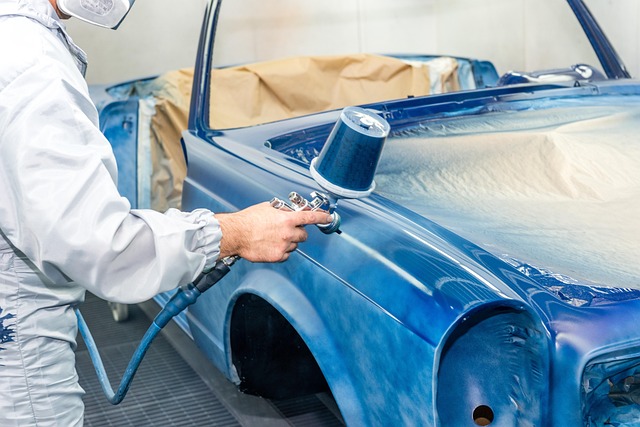
During a collision or undercarriage impact, a Tesla’s intricate system, including its heat pump, undergoes a rigorous assessment. Skilled technicians meticulously inspect for any signs of damage that could compromise its functionality and efficiency. This process involves a comprehensive evaluation of the car body repair, paying close attention to the heat pump’s components, connections, and overall integrity.
Undercarriage damage can be particularly challenging as it often goes unnoticed but can significantly affect the vehicle’s performance. Auto bodywork experts use advanced diagnostic tools to uncover any hidden issues, ensuring that every part, from the evaporator coils to the condenser, is in optimal condition. This meticulous auto body work guarantees that a Tesla’s heat pump operates at peak performance following a collision or undercarriage impact.
Inspection Process: Step-by-Step Guide for Effective Diagnosis and Repair
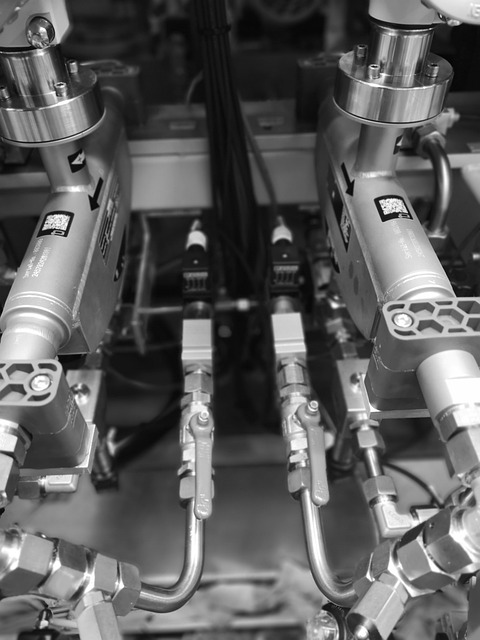
A thorough Tesla heat pump inspection is paramount following a collision or undercarriage impact to ensure optimal performance and safety. Here’s a step-by-step guide for effective diagnosis and repair, tailored for Tesla owners. Begin by examining the exterior for any visible damage to the heat pump unit, checking for cracks, dents, or misalignments that could indicate structural compromise. Next, inspect the surrounding components, including hoses, pipes, and connectors, for signs of wear, tear, or fluid leaks—anyone of which could disrupt the heating and cooling system’s efficiency.
For a deeper assessment, consult your Tesla’s diagnostic tools to retrieve error codes and perform virtual checks. If anomalies are detected, delve into specific components like the compressor, evaporator, and condenser coils. Visually inspect these parts for blockages, corrosion, or debris buildup that could hinder airflow or refrigerant flow. In cases of severe damage, a professional auto repair shop specializing in Tesla may need to replace components or perform intricate vehicle paint repair to restore the heat pump to its pre-collision condition, ensuring your electric vehicle maintains comfortable interior temperatures regardless of external conditions.
After a collision or undercarriage impact, a thorough Tesla heat pump inspection is crucial for ensuring optimal vehicle performance. By understanding the basics of these innovative heating systems and following a structured inspection process, technicians can effectively diagnose and repair any damage, thereby maintaining the energy efficiency and overall functionality of Tesla vehicles. A meticulous approach to inspections guarantees that these advanced systems operate at peak capacity, providing drivers with reliable and eco-friendly climate control.


